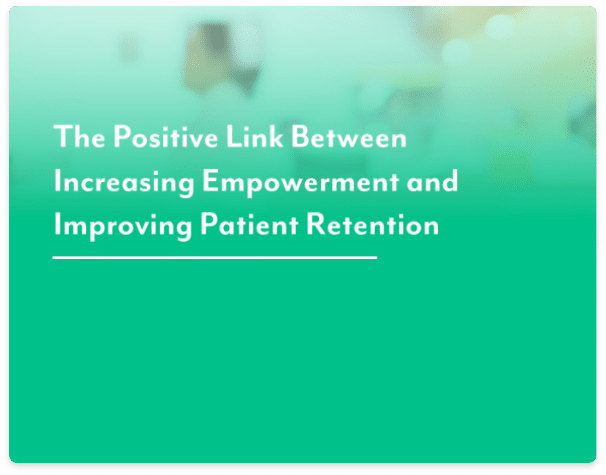Welcome to our second installment on to prepare for the long-term effects of the NSA and other related federal legislation.
In our last blog post, we discussed how the No Surprises Act (NSA), while a step in the right direction in terms of patient financial advocacy, is throwing a curveball to some practices and healthcare systems. We also touched on another piece of legislation, the Transparency in Final Coverage Rule. These two federal-level actions represent a growing trend—the US government is making moves to reduce surprise bills. More healthcare price transparency legislation is on the horizon, with additional previsions to the NSA going into effect January 1, 2023 and January 1,2024.
While these legislative moves mainly apply to hospitals, their effects are already trickling down to individual providers, which will only increase over time. Many providers are left wondering, “What can we do at our practice now to future proof for future regulations?”
According to a 2022 KLAS survey, of the revenue cycle leaders questioned, the most pressing concern is whether or not they have the resources in-house to comply with the Transparency in Coverage initiative (which includes the NSA). Part of this initiative will require hospitals to provide clear, accessible pricing estimates online for at least 300 different shoppable services. The implementation and build-out time and talent resources may devastate already labor challenged industries, leading many healthcare organizations to seek third-party solutions.
Asking healthcare organizations to comply with legislation that seems to underestimate the complicated nature of what they ask in the face or nationwide labor shortages in every industry seems like a bit much, especially coming out of the last two pandemic-stained years. But there is a solution. By far, the #1 recommendation experts have for all healthcare organizations is to Invest now in tech that can deliver good faith estimates on demand.
Health iPASS helps practices and large healthcare systems alike deliver accurate cost estimates directly to patients. How do we do it? Here’s the breakdown:
- Payors give us real time insurance eligibility on a per-patient basis
- We receive the proper procedural codes for the treatment received or by appointment type
- We combine the first two with the fee schedules agreed to by the practice with the payors
- Using this information, our Cost Estimator tool can provide cost estimates to patients, as well as the opportunity to make a smart deposit towards the cost of care
To learn more about our Cost Estimator tool as well as our other patient payment solutions, click here to contact a sales representative.







